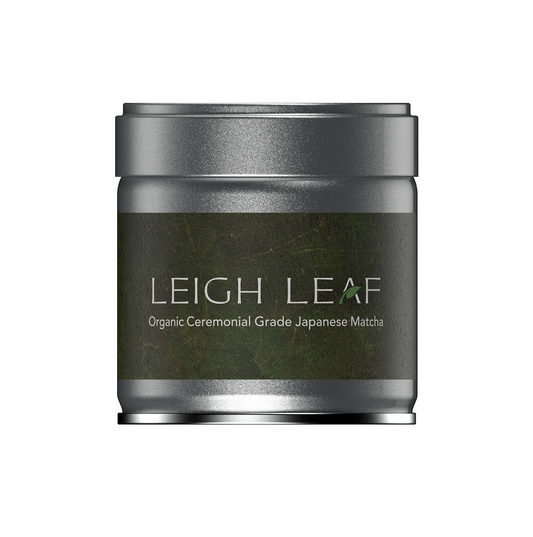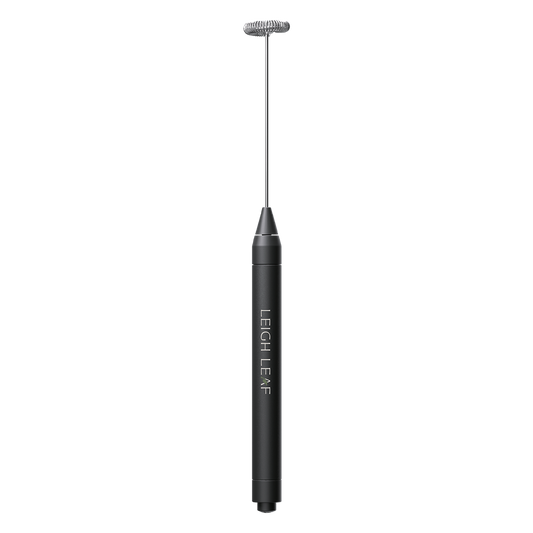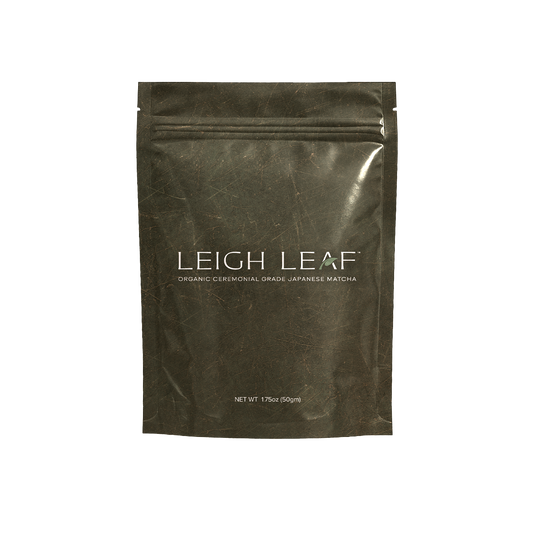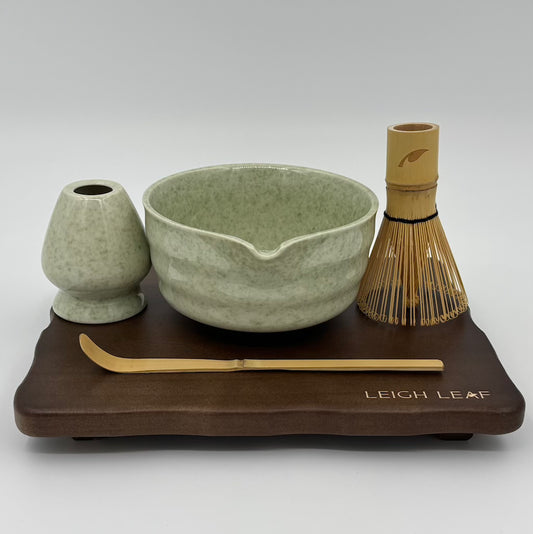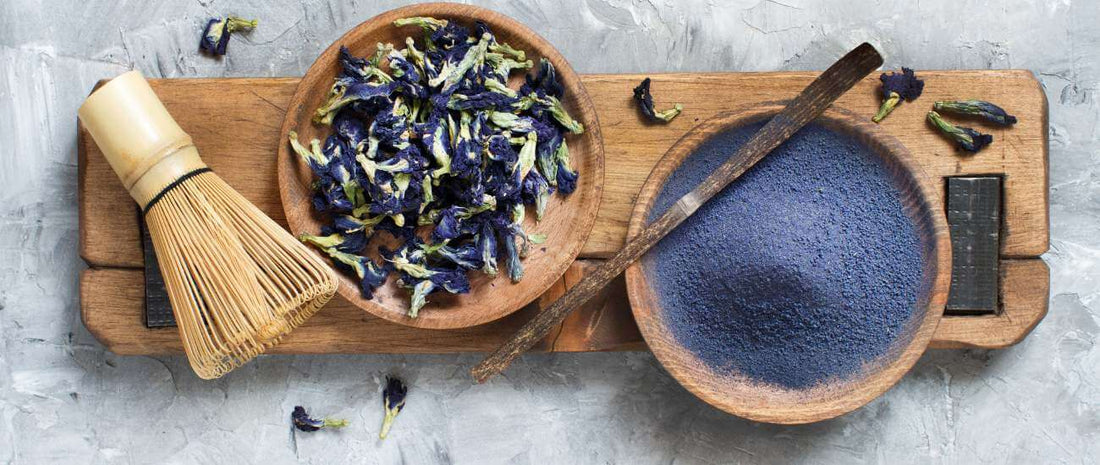
Is Blue Matcha Good for You?
Share
If you're a tea enthusiast or simply someone on the lookout for unique and vibrant beverages, you may have stumbled upon the intriguing world of blue Matcha. But the question that lingers is, "Is Blue Matcha Good for You?"
Let's delve into this azure-hued trend and explore its potential benefits and drawbacks.
Table of content
What Is Blue Matcha?
Matcha made from the butterfly pea flower (Clitoria ternatea) is different from green tea matcha. The vivid blue color of this powdered tea has taken social media by storm, making it a popular choice for those seeking an aesthetically pleasing and Instagram-worthy beverage. Beyond its striking appearance, blue Matcha has a distinct earthy flavor, offering a refreshing twist for those looking to expand their tea horizons.
What Is the Difference Between Blue Matcha and Green Matcha?
Their primary difference lies in their sources. While green Matcha is sourced from shade-grown tea leaves (Camellia sinensis), blue Matcha comes from the petals of the butterfly pea flower. The unique processing of blue Matcha involves drying and grinding these petals into a fine powder, resulting in a tea that not only captivates the eyes but also boasts a flavor profile distinct from its green counterpart.
Potential Benefits of Other Types of Matcha
Before we delve into the specific benefits of blue Matcha, let's briefly touch upon the well-established advantages of traditional green Matcha. Green Matcha is known for its high antioxidant content, particularly epigallocatechin gallate (EGCG). These antioxidants have been linked to various health benefits, including improved heart health, enhanced metabolism, and potential cancer-fighting properties.
Moreover, the presence of L-theanine, an amino acid in green tea, is known to induce a calming effect, providing a balance to the stimulating properties of caffeine. For those looking for a natural energy boost without the jitteriness associated with coffee, green Matcha is a popular choice.
Does Blue Matcha Have Health Benefits?
Now, let's address the main query: Is Blue Matcha Good for You? While blue Matcha shares the vibrant color and ceremonial preparation process with green Matcha, the scientific evidence supporting its health benefits is less extensive. The butterfly pea flower, the source of blue Matcha, contains anthocyanins, which are antioxidants known for their potential anti-inflammatory properties. However, the concentration of these compounds in blue Matcha might not be as high as those found in traditional green organic matcha tea.
Some proponents of blue Matcha claim that it may contribute to improved skin health due to its antioxidant content. As a result of antioxidants, free radicals are reduced, oxidative stress is reduced, and the skin is healthier. Scientists are still exploring the specific effects of butterfly pea flower antioxidants on human health, however.
To gain a more comprehensive understanding, it's worthwhile to consider the views of nutritionists and health experts. According to a source, while blue Matcha does contain antioxidants, the evidence supporting its health benefits is not as robust as that for green Matcha. It emphasizes the need for more research to determine the specific advantages of blue Matcha for human health.
Blue Matcha and Health Risks
As with any trendy food or beverage, it's essential to consider potential health risks. One notable aspect is the use of additives or artificial coloring agents to enhance the blue hue of the Matcha. Some commercially available blue matcha products may contain added ingredients, which can compromise the perceived health benefits.
Additionally, individual reactions to butterfly pea flowers might vary. Allergies or sensitivities to the flower could result in adverse effects, underscoring the importance of moderation and awareness when incorporating blue Matcha into your diet. If you want to know more about Matcha, visit Leigh Leaf.
Takeaway: Is Blue Matcha Worthwhile?
In the quest for unique and healthful beverages, blue Matcha stands out for its mesmerizing color and potential health benefits. Nevertheless, it's important to keep a balanced view of the situation. While the butterfly pea flower does contain antioxidants, the evidence supporting the health benefits of blue Matcha is not as robust as that of traditional green Matcha.
If you're drawn to blue Matcha for its aesthetic appeal and are curious about its potential benefits, there's no harm in incorporating it into your diet in moderation. However, for those seeking well-established health benefits backed by scientific research, green Matcha remains a more reliable choice.
In conclusion, the question "Is Blue Matcha Good for You?" invites us to explore the intersection of aesthetics and health. While the blue hue is undoubtedly captivating, the scientific community is still unraveling the full spectrum of health benefits associated with blue Matcha. As with any wellness trend, it's advisable to approach it with an informed mindset, considering both the potential advantages and any associated risks. Whether you choose green Matcha for its proven benefits or venture into the world of blue Matcha for its visual allure, the key is to savor these beverages in moderation and enjoy the unique experiences they bring to your tea ritual.
Related Article:

